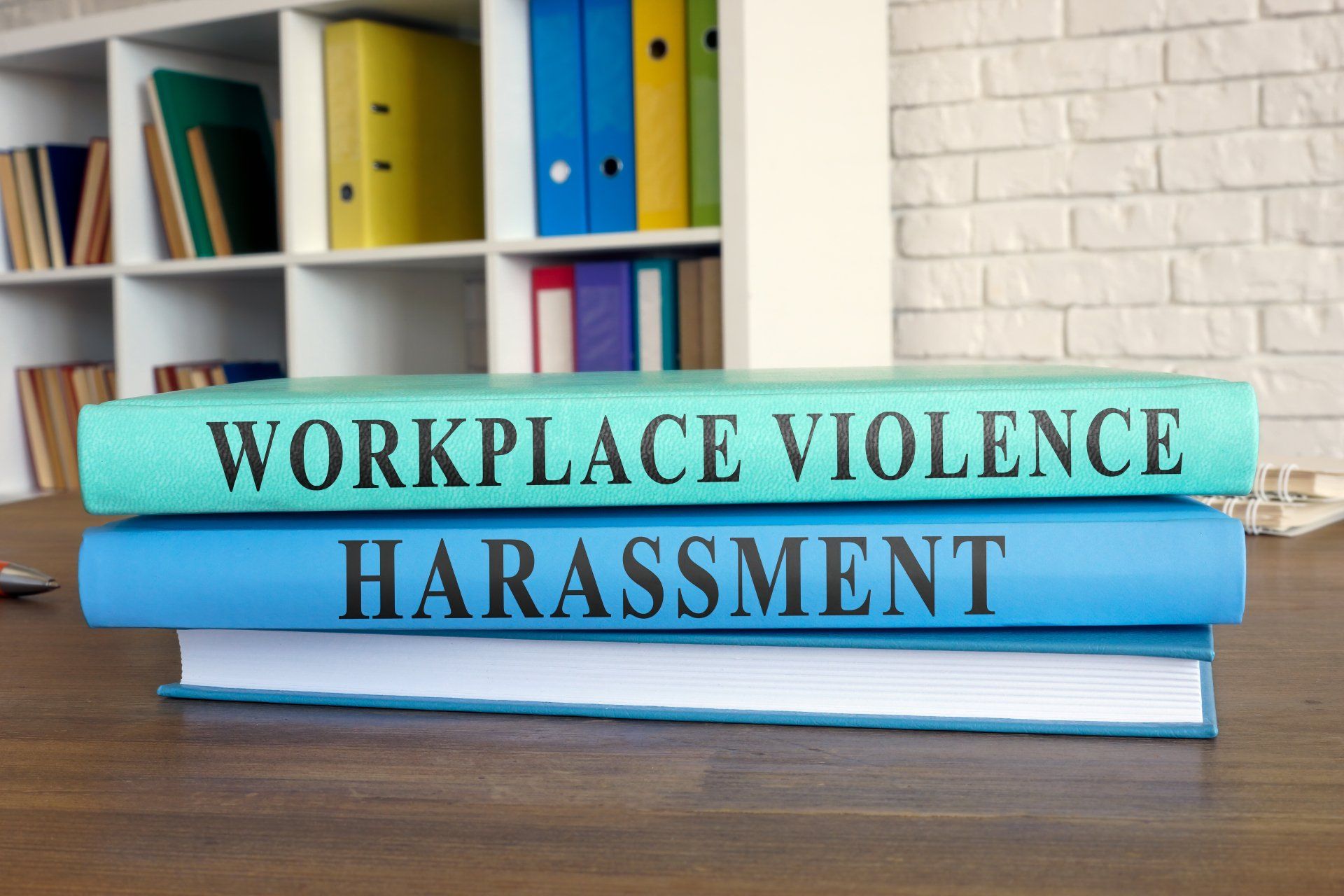


You know that coworker who's always snapping at people and seems like they're one step away from a breakdown? Maybe you've even had a run-in with them yourself. Well, it turns out you might not be so far off the mark. A new study has found that workplace violence is on the rise, and it's not just limited to outliers in the mailroom. So what can you do to protect yourself (and your sanity) if you find yourself working with a ticking time bomb? Read on for some tips.
Workplace violence is an issue that has become increasingly common in Canada and around the world. This form of violence can take many different forms, ranging from verbal abuse to physical attacks. One of the most common types of workplace violence is aggression displayed by co-workers or bosses. Additionally, intimidation and threats of harm are also common among those who work in a hostile environment. Other forms of workplace violence include bullying, sexual harassment, and treating workers poorly based on factors such as race, gender, or disability status. If left unaddressed or ignored, incidents of workplace violence can have a severe negative impact on employee morale, performance, safety, and even brand reputation. Therefore, it is critical that employers put systems in place to identify and prevent these tragic incidents from happening in the first place. By establishing effective policies and protocols for identifying and responding to potential incidents of workplace violence, organizations can help keep their employees safe both physically and psychologically.
According to recent statistics, Canada is experiencing a growing problem with workplace violence. Over the past few years, there has been a steady increase in rates of assault, intimidation, and harassment on the job. These incidents tend to be particularly prevalent in certain industries and occupations, including healthcare, law enforcement, and retail. In many cases, workers are targeted because of their positions or perceived vulnerabilities; for example, service workers like cashiers or restaurant staff may be at greater risk due to their regular contact with members of the public. Other factors that can contribute to workplace violence include insufficient training around de-escalation techniques, lack of clear reporting procedures, or inadequate security measures. Whatever the cause, it is clear that Canada needs to take action in order to protect its workers from this dangerous trend.
According to a 2016 study by the Canadian Centre for Occupational Health and Safety, nearly 30% of Canadians have experienced some form of workplace violence. This can include physical aggression, threatening behavior, and verbal abuse. Workplace violence can have a profound effect on both employees and businesses. Victims of workplace violence often suffer from psychological trauma, including anxiety, depression, and post-traumatic stress disorder. This can lead to absenteeism, decreased productivity, and an overall decline in work quality. Businesses may also suffer financial losses as a result of workplace violence, including increased insurance premiums and legal fees. In extreme cases, workplace violence can even lead to business closures. It is clear that workplace violence is a serious problem with far-reaching consequences. Canada's businesses and workers must come together to address this issue.
In order to prevent workplace violence from occurring, it is important to be aware of the warning signs. Studies have shown that Canada is one of the biggest perpetrators of violence in the workplace, with nearly 1 in 10 workers reporting being victims at some point. Some common warning signs include increased aggression, declining performance and difficulty maintaining interpersonal relationships. Additionally, there are often specific stressors that can contribute to workplace violence, such as shifts in power dynamics between co-workers or changes within the organizational structure. For these reasons, employers must put in place strong policies and procedures for addressing potential conflict, providing support for employees and taking disciplinary action as needed. By focusing on prevention through education and early intervention strategies, we can reduce the occurrence of workplace violence and create a safer environment for everyone.
If you are working in Canada and experience or witness workplace violence, it is important to take immediate action. First, it is crucial to seek help from your supervisor or other trusted colleagues. These individuals can work with you to develop a plan for dealing with any ongoing threats or safety concerns, as well as provide emotional support during this difficult time. Additionally, you may want to get in touch with the local authorities in order to report any instances of violence that have taken place. In Canada, the national statistics on workplace violence paint a grim picture; according-to recent reports, over 100 people are killed each year while on the job as a result of acts of violence. However, by taking these proactive steps and seeking assistance from those around you, you can help to reduce your risk of experiencing or witnessing workplace violence. So don't hesitate if you find yourself in this situation, take action today!
Workplace violence is on the rise and it’s time to do something about it. Statistics show that this type of violence is increasing in both frequency and severity, yet many employers are still in the dark about what to do when it happens. That’s where training comes in. By providing employees with the tools they need to identify potentially violent situations and react appropriately, you can help prevent workplace violence from happening in the first place. If you want to learn more or take steps toward preventing workplace violence in your organization, contact us today for a free consultation. We offer seminars on workplace violence prevention that will give you and your team the knowledge you need to keep yourselves safe.
Randy King
80:20 CMS


ALL RIGHTS RESERVED | RANDY KING LIVE